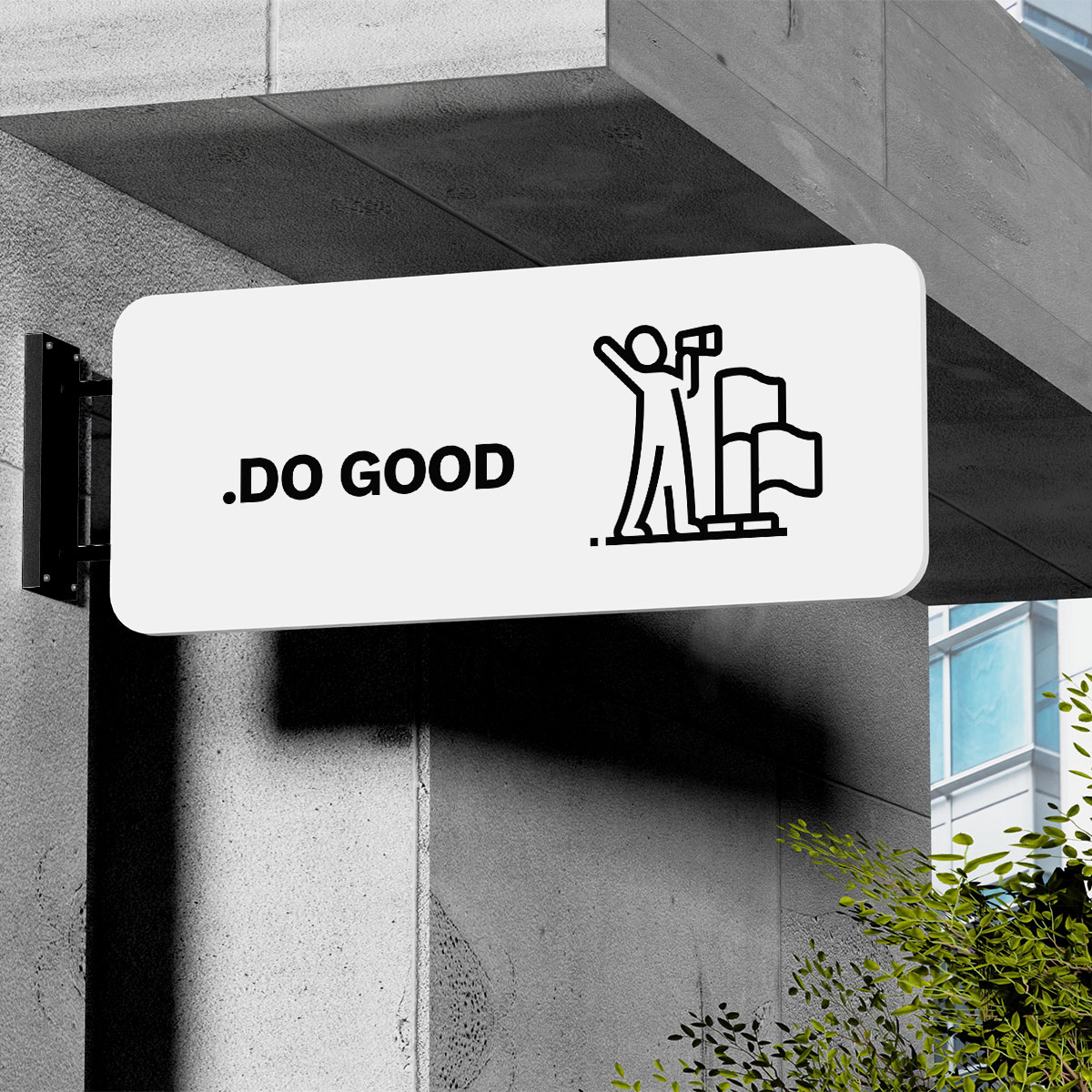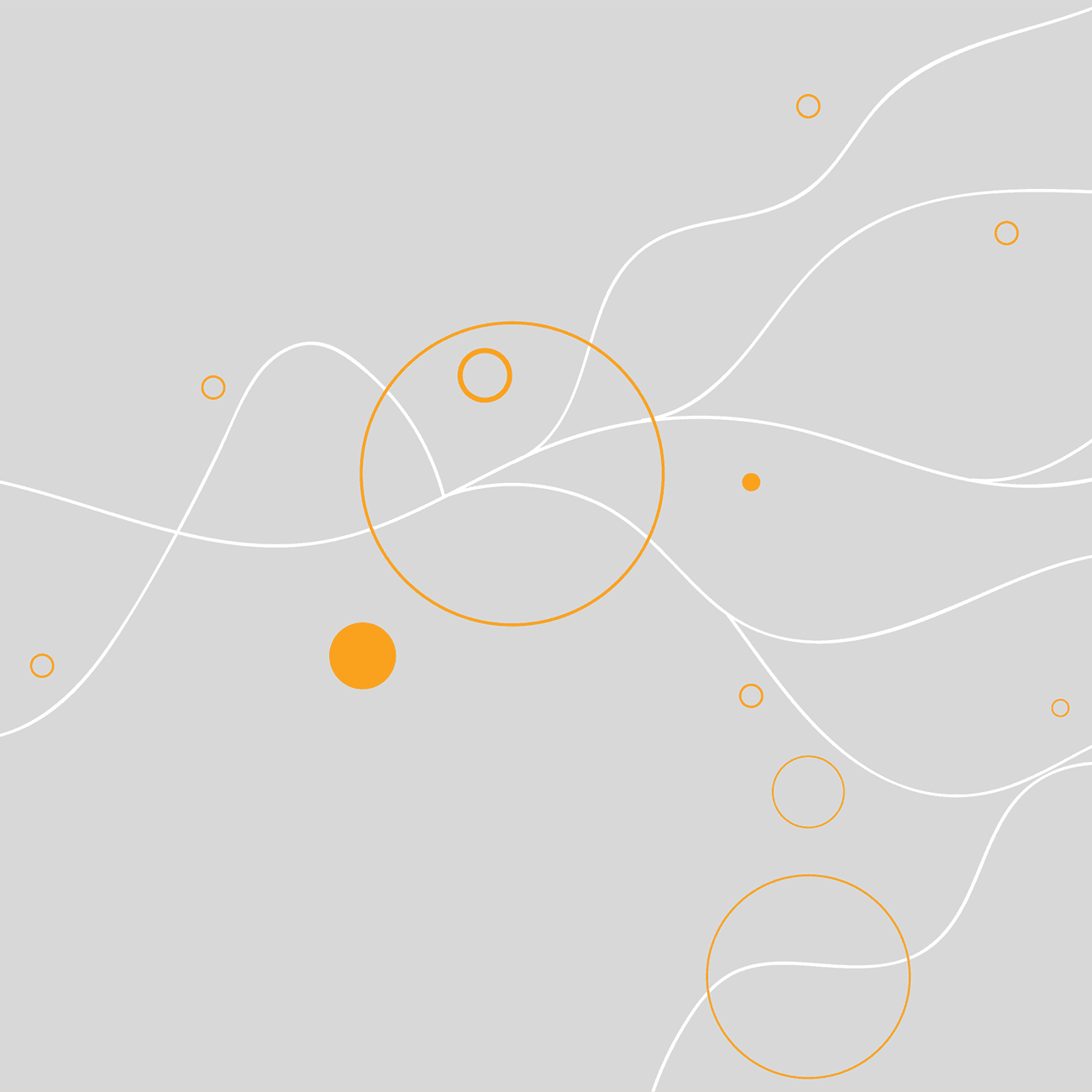Design and activism
DAte
Jun 6, 2024
Reading Time
5 min
Creativity in social change
The boundaries between design and activism have become increasingly blurred. Designers are no longer confined to creating aesthetically pleasing objects or experiences; many now see their work as a powerful tool for social change. This intersection of design and activism offers a dynamic approach to addressing some of the most pressing issues of our time, from environmental sustainability to social justice and human rights.
The power of visual communication
At the heart of design activism is the ability to communicate complex ideas in accessible and impactful ways. Visual design, in particular, has a unique ability to transcend language barriers and connect with a wide audience. Campaigns leveraging strong visuals can raise awareness, shift public perception, and inspire action. For instance, the use of bold graphics and striking imagery in environmental campaigns has played a significant role in mobilising public support for climate action.
Design as a catalyst for change
Designers engaged in activism often employ their skills to create solutions that address societal issues. This can range from developing sustainable products to designing public spaces that foster community engagement and inclusivity. A notable example is the work of architecture firms that prioritise affordable housing projects, ensuring that design excellence is accessible to all, regardless of socio-economic status.
Similarly, product designers are increasingly focusing on sustainability, creating items that minimise environmental impact. This not only addresses consumer demand for eco-friendly products but also pushes industries towards more sustainable practices.
Participatory design
One of the key principles of design activism is participatory design, which involves stakeholders in the design process. This approach ensures that the solutions developed truly meet the needs of the communities they are intended to serve. Participatory design can empower marginalised groups by giving them a voice and a sense of ownership over the solutions that affect their lives.
For example, community-led urban planning projects involve residents in the decision-making process, leading to public spaces that reflect the needs and desires of the community. This not only results in more effective and relevant design solutions but also strengthens the community's sense of identity and cohesion.
Digital activism and design
The digital realm has opened up new avenues for design activism. Social media platforms, websites, and digital campaigns allow activists to reach global audiences quickly and efficiently. The design of digital content—whether it be infographics, videos, or interactive websites—plays a crucial role in the success of these campaigns.
Digital activism can mobilise support, raise funds, and pressure policymakers by amplifying voices that might otherwise go unheard. The viral nature of social media means that well-designed content can spread rapidly, influencing public opinion and encouraging collective action.
Challenges and ethical considerations
While the fusion of design and activism holds great promise, it also presents challenges and ethical considerations. Designers must navigate the fine line between advocacy and manipulation, ensuring that their work promotes genuine change rather than merely serving as a form of performative allyship. Authenticity and transparency are crucial in maintaining credibility and trust with the communities and causes they support.
Furthermore, designers must be mindful of the potential consequences of their work. Well-intentioned designs can sometimes have unintended negative impacts, especially when implemented without a deep understanding of the cultural and social contexts involved. This underscores the importance of thorough research, collaboration, and ongoing dialogue with the communities affected by their work.
Conclusion
Design and activism together offer a potent force for social change, leveraging creativity to tackle some of the most critical issues facing society today. By harnessing the power of visual communication, embracing participatory approaches, and utilising digital platforms, designers can drive meaningful and lasting change. However, it is imperative that they approach this work with ethical mindfulness and a commitment to genuine engagement, ensuring that their contributions truly benefit the communities they aim to serve. In doing so, design can fulfil its potential as a catalyst for a more just and sustainable world.




